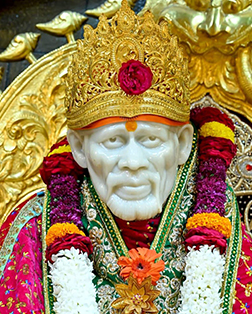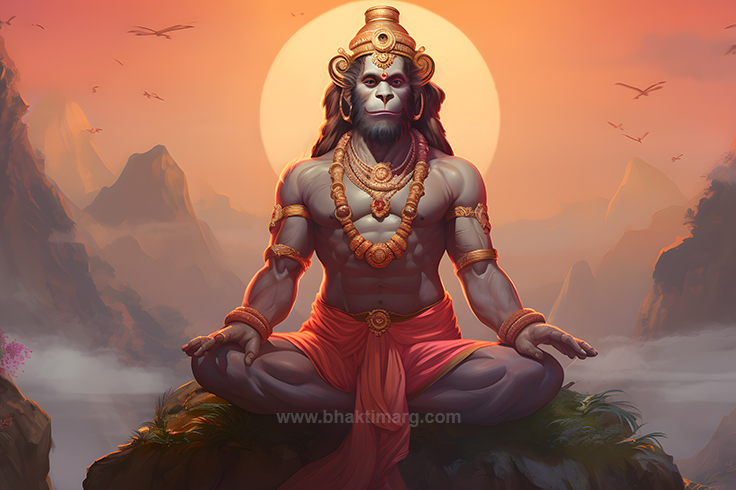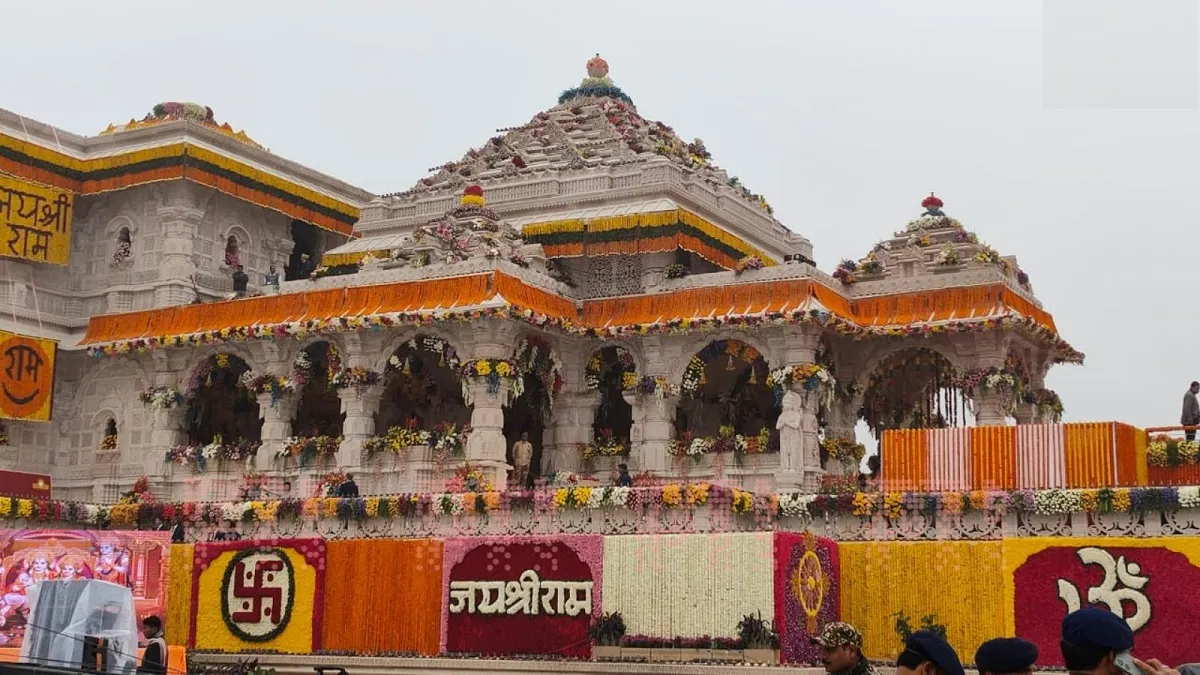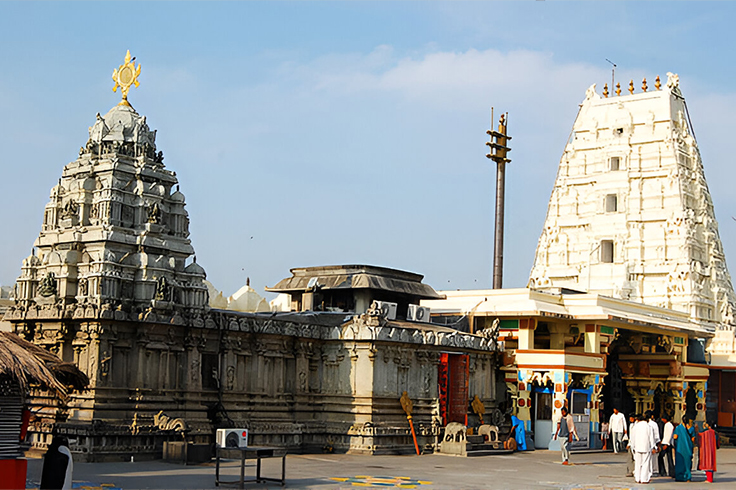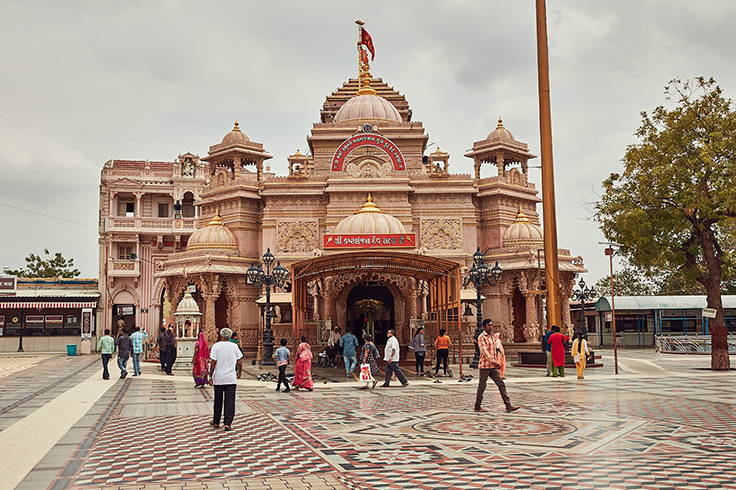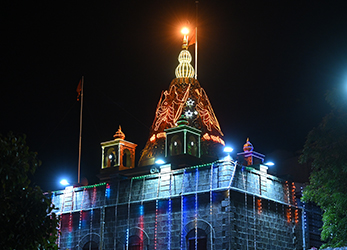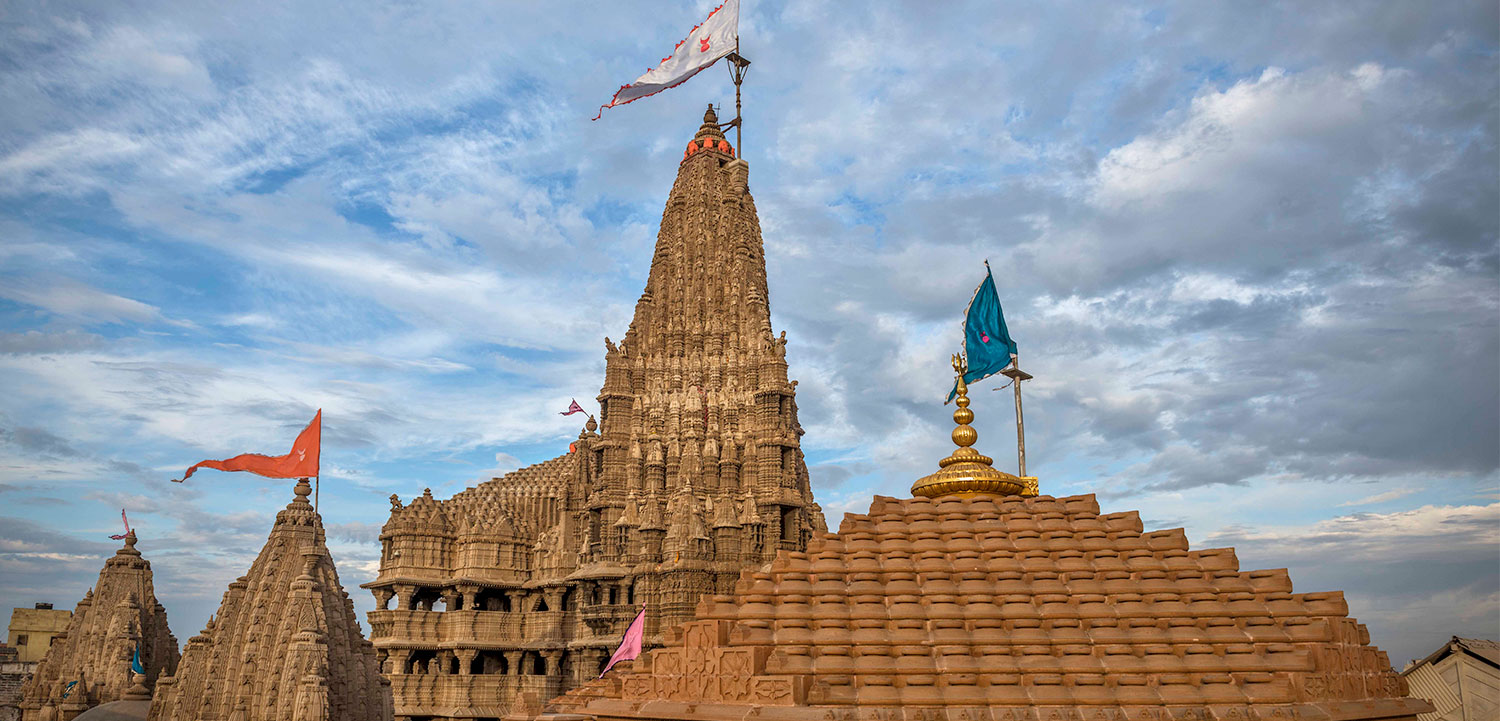
The Early Life of Sai Baba: Mysteries and Legends
In Hinduism, many revered spiritual Guru and sages remain as enigmatic figures in people’s lives, the Shirdi Sai Baba is one such legend whose existence is shrouded in mystery. He existed in or around the mid-19th century when he appeared in the village of Shirdi in Maharashtra, India, but his early years before that are largely undocumented. This led to various myths and stories about his origins though his life is a tapestry of miracles, Sri Sai Baba’s teachings, and unwavering devotion to both Hindu and Muslim faiths, which continue to inspire millions worldwide are praisable.
Shree Sai Baba’s Birth Year and Early Life: The Mysteries
In the various scriptures or documentation of Sri Sai Baba, the details are mostly from the time he appeared in Shirdi, thence Sai Baba’s real life or family is a mystery for all. Nobody at that time knew the exact birth date and place of Sai Baba, contributing to the aura of mystery and stories of his life being speculated. Some sources suggest that he was born to a Brahmin family in the village of Pathri in Maharashtra, while others claim he was born to a Muslim family. There are also accounts suggesting he was an orphan found as a young boy by a fakir, who later entrusted his upbringing to a Hindu guru. Another story goes on to say he was drowned and found by a fisherman, and some say he was a meditating young child on the banks of a river found by a fisherman and raised him as he found no family with him, so the life story of Sai Baba is a mystery.

Even with all the speculation made people in documentation mention that when asked about his origin and birth Shirdi Saibaba would just smile and let people assume as they want, or deflect questions about his early life with cryptic responses. This deliberate ambiguity about Sai Baba’s real life fostered an inclusive spiritual message, emphasizing unity and devotion over sectarian identity.
Saibaba’s arrival in Shirdi as a young man, around the age of sixteen, clad in a simple kafni (robe) and a cloth cap captured many people’s attention, and thus began the journey of Shirdi Saibaba. He was first seen sitting under a neem tree in deep meditation, which drew the attention of the villagers. His austere lifestyle, profound wisdom, and miraculous deeds quickly garnered respect and devotion. Initially, Sai Baba faced skepticism and hostility from some villagers, but his compassionate nature and ability to perform miracles gradually won them over. He displayed a deep knowledge of Hindu and Muslim scriptures, reinforcing his message of religious unity.
Sai Baba’s Teaching Miracles and Legends:
There are several legends and miracles attributed to Shirdi Sai Baba during his life journey in Shirdi, which bolstered his reputation as a saint and miracle worker, he was revered as miraculous existence and treated as a great sage by many, and those who doubted him become his follower due to his knowledge, ideology and the unsurmountable miracles he displayed such as,
- Saibaba’s ability to heal the sick is one of the most frequently recounted miracles, in his life documentation it is stated that he cured villagers of various ailments using sacred ash (udhi) and other simple remedies. His healing powers were not limited to physical ailments but extended to mental and spiritual distress, offering solace to all who sought his help.
- A famous legend describes how Sri Sai Baba once asked a local merchant for oil to light lamps in the mosque, and on being refused, Baba calmly filled the lamps with water and they miraculously stayed lit throughout the night astonishing the villagers and reinforcing his divine stature, there is even Sai Baba ki Aarti on the same incident going like “Deepavali manaye suhani mere baba ke hanton me jaadu ka pani”
- No one knows Sai Baba’s birth year as he was found in Shirdi under the Neem tree and his life before that is a mystery. But this legendary appearance gave a special meaning to the tree, and it is said that despite the inherent bitterness of neem leaves, the tree under which Baba meditated was said to bear sweet leaves, this incident is also sung in Sai Baba ki aarti. This phenomenon attracted pilgrims and added to the mystical aura surrounding Sai Baba which even today stays true and people from far away visit Shirdi for the same reason.
- Sai Baba’s teachings during his early years laid the foundation for his enduring legacy, often speaking in parables and using practical examples to impart spiritual lessons he imparted a simple yet profound philosophy, emphasizing universal love, selflessness, and devotion to God.
- One of the core of Sai Baba’s teachings was the unity of all religions, he respected both Hindu and Muslim traditions, often quoting from the Bhagavad Gita and the Quran, and listeners mention in documentation that it was not simple recitation but he was thoroughly knowledgeable in both the text. Sri Sai Baba’s inclusive approach fostered communal harmony and encouraged devotees to see beyond religious boundaries.
- Sai Baba often emphasized the virtues of faith (shraddha) and patience (saburi), according to him unwavering faith in God and patience in adversity were key to overcoming life’s challenges, this message resonated deeply with his followers and continues to inspire them.
- Sai Baba lived a life of utter simplicity and selflessness becoming another one of Sai Baba’s teachings that encouraged his devotees to engage in acts of charity and service, stressing that true devotion lies in helping others. His own life was a testament to this principle, as he dedicated himself to the well-being of those around him.
So speaking Sai Baba’s real life or early years before appearing in Shirdi is a mystery but the later years in the village are a blend of mystery, legend, and spiritual wisdom. Despite the lack of concrete details about Sri Sai Baba’s birth year and upbringing, his arrival in Shirdi marked the beginning of an extraordinary journey that touched countless lives. Through his miracles, teachings, and embodiment of religious unity, the life story of Sai Baba left an indelible mark on the spiritual landscape of India.






